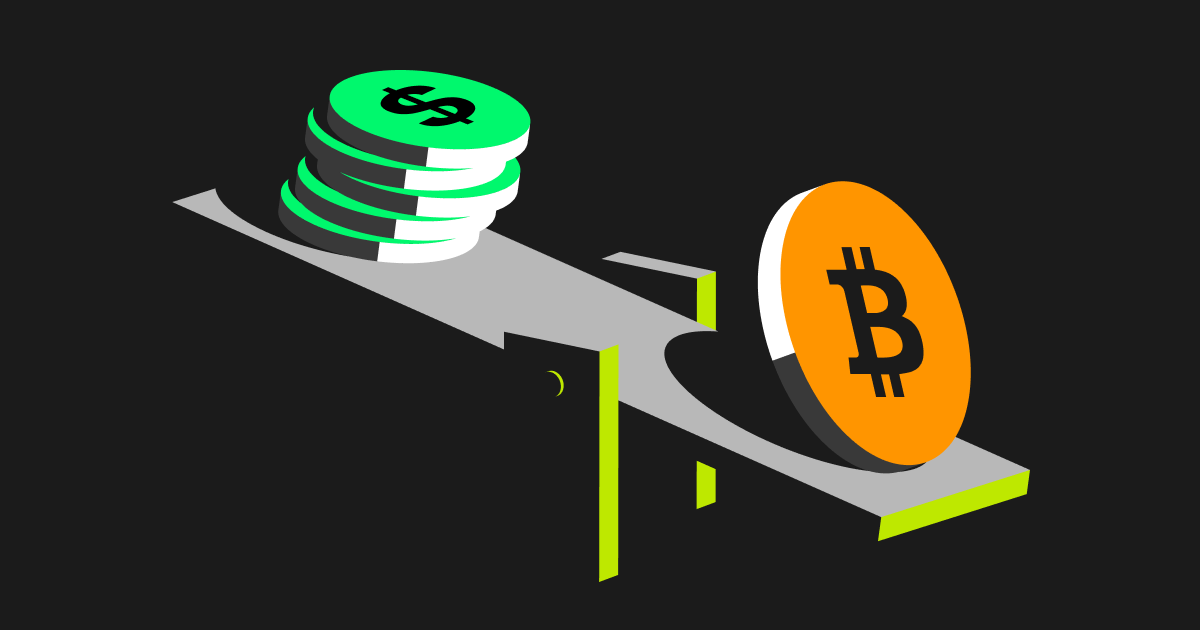The Essential Function of Market Makers
Within centralized exchange (CEX) ecosystems, market makers serve as critical liquidity engines. These specialized traders or financial institutions continuously place bidirectional quotations—simultaneously posting buy and sell orders—to establish liquidity reservoirs for trading pairs. When Trader A initiates an order to purchase 1 Bitcoin at $34,000, the exchange doesn't seek a matching Seller B in real-time. Instead, it leverages pre-established liquidity inventories provided by market makers to execute instant settlement. This mechanism eliminates the latency inherent in traditional "buyer-seller matching" systems, effectively transforming exchanges into clearing hubs that facilitate instantaneous transactions through maker inventories. Insufficient natural order flow creates liquidity deficits, manifested through widening bid-ask spreads and significant slippage risks. In volatile markets like cryptocurrencies, prices can fluctuate over 2% within milliseconds; failure to execute orders instantaneously may result in substantial price deviations from user expectations.
The Paradigm Shift of Automated Market Makers (AMMs)
Decentralized exchanges (DEXs) have fundamentally reengineered liquidity provisioning through algorithmic market-making protocols. Unlike their centralized counterparts that rely on institutional intermediaries, AMMs employ mathematically governed liquidity pools powered by smart contracts.
Protocols like Uniswap utilize the constant product formula
x*y=k
, where x and y represent the quantities of two pooled assets, and k remains invariant. When users purchase ETH from an ETH/USDT pool, the smart contract autonomously triggers a rebalancing mechanism: the influx of USDT depreciates its marginal value, while the reduction of ETH inventory appreciates its relative price. This dynamic equilibrium ensures asset valuations perpetually adhere to the
(ETH quantity) × (USDT quantity) = constant
relationship curve.
Crucially, when large transactions cause pool prices to diverge from external markets (e.g., ETH priced at $2,850 internally versus $3,000 globally), arbitrageurs automatically intervene—buying discounted assets until equilibrium is restored. This architecture enables organic price discovery while democratizing market-making participation: any user depositing proportional asset pairs (e.g., 50% ETH + 50% USDT) can become a liquidity provider (LP) and earn protocol incentives.
Liquidity Provider Economics and Risk Dynamics
AMM ecosystems offer LPs dual revenue streams:
-
Transaction fee allocation: Each pool trade generates fees (typically 0.3% on Uniswap V2), distributed pro-rata to LPs based on stake proportion.
-
Governance token rewards: Programs like Uniswap's UNI distributions grant protocol voting rights alongside financial yields. However, LPs assume impermanent loss (IL) exposure. When relative asset values shift within pools (e.g., ETH appreciating 50% against USDT), the rebalanced portfolio value becomes lower than simply holding the original assets. This represents an opportunity cost for providing liquidity, quantifiable through the formula
IL rate = 1 - [price ratio change / (0.5 × price ratio change + 0.5)]^0.5
. Notably, losses remain unrealized if prices revert to initial ratios but become permanent if LPs withdraw during deviations. In practice, accumulated fees often mitigate this risk—particularly in stablecoin pairs, where protocols like Curve optimize for minimal IL (under 0.5% probability).
Evolution of AMM Protocols and Financial Engineering
Modern AMMs feature diversified pricing architectures:
- Balancer's generalized model accommodates up to 8-asset pools using variable-weight algorithms
∏(asset quantity^weight) = constant
-
Curve's stablecoin-optimized function hybridizes constant-sum and constant-product formulas, capping slippage at 0.01%.
-
Uniswap V3 introduced concentrated liquidity, allowing LPs to designate custom price ranges—boosting capital efficiency 4000x. These innovations herald the era of programmable liquidity. Through LP token restaking (e.g., earning interest via Compound), providers construct layered yield strategies: base trading fees + lending yields + governance token appreciation. However, systemic risk contagion remains a concern, as demonstrated during Terra's 2022 collapse, when UST depegging triggered cross-protocol liquidations across Curve pools—exposing DeFi's structural fragility during black swan events.
Regulatory Frontiers and Institutional Adoption
Current AMM development prioritizes three critical advancements:
-
MEV countermeasures: Solutions like Flashbots' SUAVE mitigate frontrunning vulnerabilities.
-
Cross-chain liquidity aggregation: Protocols such as Thorchain enable non-custodial cross-pool swaps.
-
Regulatory compliance: KYC-enabled pools align with the EU's Markets in Crypto-Assets (MiCA) framework. Per TokenInsight's 2024 analysis, AMMs facilitate 83% of DEX volume, yet regulatory ambiguity persists. The SEC's ongoing lawsuit alleging UNI tokens constitute securities highlights the urgent need for traditional financial safeguards—including solvency proofs and standardized risk disclosures. With institutional-grade liquidity pools emerging (e.g., Goldman Sachs' GS-ETH collaboration with Uniswap), AMMs are evolving from crypto-native instruments into mainstream financial infrastructure.
CoinCatch Team
Disclaimer:
Digital asset prices carry high market risk and price volatility. You should carefully consider your investment experience, financial situation, investment objectives, and risk tolerance. CoinCatch is not responsible for any losses that may occur. This article should not be considered financial advice.

